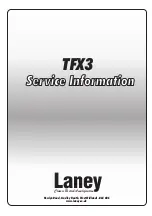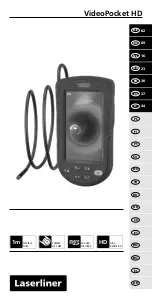
www.kissrebreathers.com
email:
phone: 1 479 739 7726
Minimum Training Standards SFN 180 R.0
5
• Inspect components of unit
19. Diver maintenance of unit
• Cell removal and replacement
• Mouthpiece care
• Replacing or re-charging of batteries
EXTRA REQUIREMENTS FOR COMPLETION
•
Demonstrate an adequate level of fitness by completing a minimum of a 50m/164 feet surface diver tow with both the rescuer
and the victim wearing a complete CCR diving system and bailout cylinder(s) applicable to their specific program.
•
Complete all academic sessions and unit specific assessments as specified in the training material of the Training Agency and the
Manufacturer.
•
Complete a minimum of seven (7) training dives, including confined water skill development of at least one (1) hour, and six
(6) core open water training dives with a minimum run time of 30 minutes each.
•
Complete at least a minimum of 420 minutes of total in-water time on the applicable CCR unit.
•
Be able to independently complete a full dive plan
•
Complete a final course exam as set out by the training agency and / or manufacturer with a required minimum pass rate
of 80% with 100% remediation.
•
When the feature is available on a rebreather, download the student’s dive logs of all training dives and retain for a minimum of
seven years.
•
If the feature is not available on a rebreather, download the dive logs from the students dive computer and retain for a
minimum of seven years
•
Fill in and sign a course completion form confirming all academics and practical sessions have been completed
Dive logs and student-signed course completion form are to submitted to the manufacturer of the specific unit on request
DEPTH LIMITATIONS
•
Open Water Training Dives shall be initially shallow, progressively increasing in depth.
•
Two (2) dives must be deeper than 20 meters/65 feet for certification
•
All dives must be conducted at a depth shallower than 30 meters/98 feet.
NOTES
•
All training dives must be planned within the no-decompression limits of the Combined Air/EAN Tables or the student’s
personal dive computer or computer-generated decompression profiles.
•
Bailout cylinder gas is to be based on a maximum PPO
2
of 1.6 at the maximum depth of the dive.
•
Divers should not carry an on-board diluent gas with a ppO
2
higher than 1.1 bar at the bottom.
•
The maximum loop set point is 1.3 bar.
•
It is recommended that the student finish the training course within 6 weeks of the starting date.
•
It is recommended that the student have access to, or purchase a unit within 3 months of completing the training program.
•
Only approved training agencies and instructors may teach a KISS rebreather course.
Diving in an overhead environment
This course shall not be conducted in an overhead environment. Subject to training agency approval certain dive sites can be deemed
suitable for the CCR Diver course under the following conditions:
•
The student must remain in the daylight zone where there is no need for the use of a dive light
•
The student must never be a distance of more than 132 linear feet / 40 linear meters from the surface
SEQUENCE
Open Water Training Dives 1 and 2 may only be conducted after completing the equipment configuration section, the surface diver
tow and all confined water sessions.
CERTIFICATION
Summary of Contents for ORCA SPIRIT
Page 4: ...4 MSL 72 161 Jetsam Orca Spirit manual R 5 Photo s by Jim Abernethy and Doug Ebersole...
Page 21: ...21 MSL 72 161 Jetsam Orca Spirit manual R 5...
Page 25: ...25 MSL 72 161 Jetsam Orca Spirit manual R 5...
Page 124: ...KISS Rebreather LLC www kissrebreathers com info kissrebreathers com...
















































